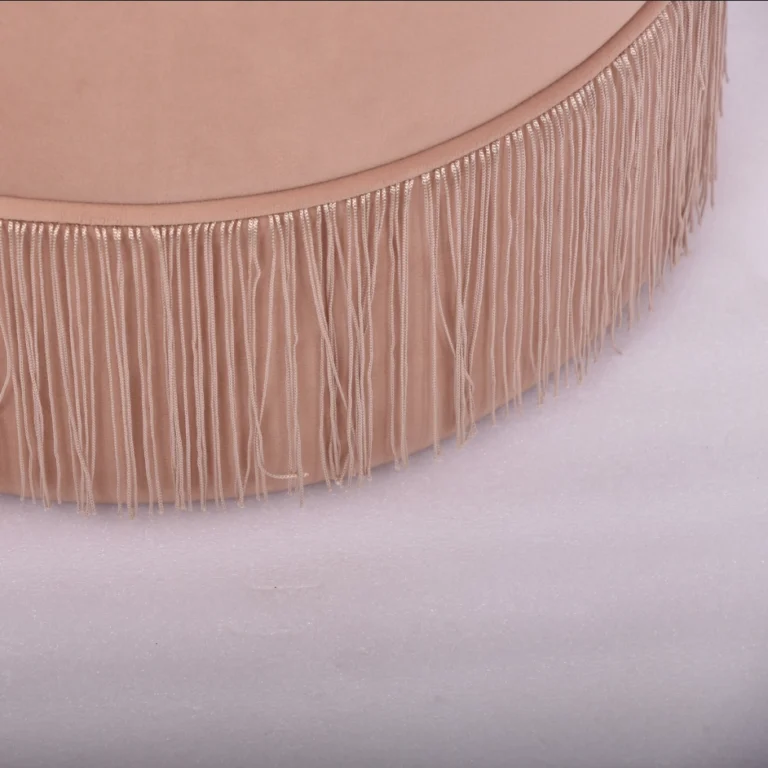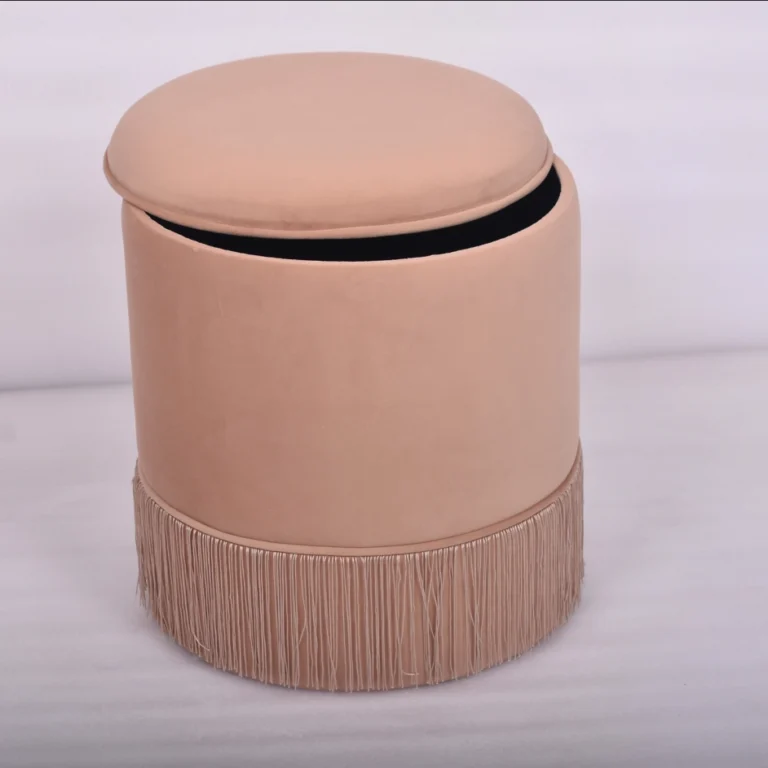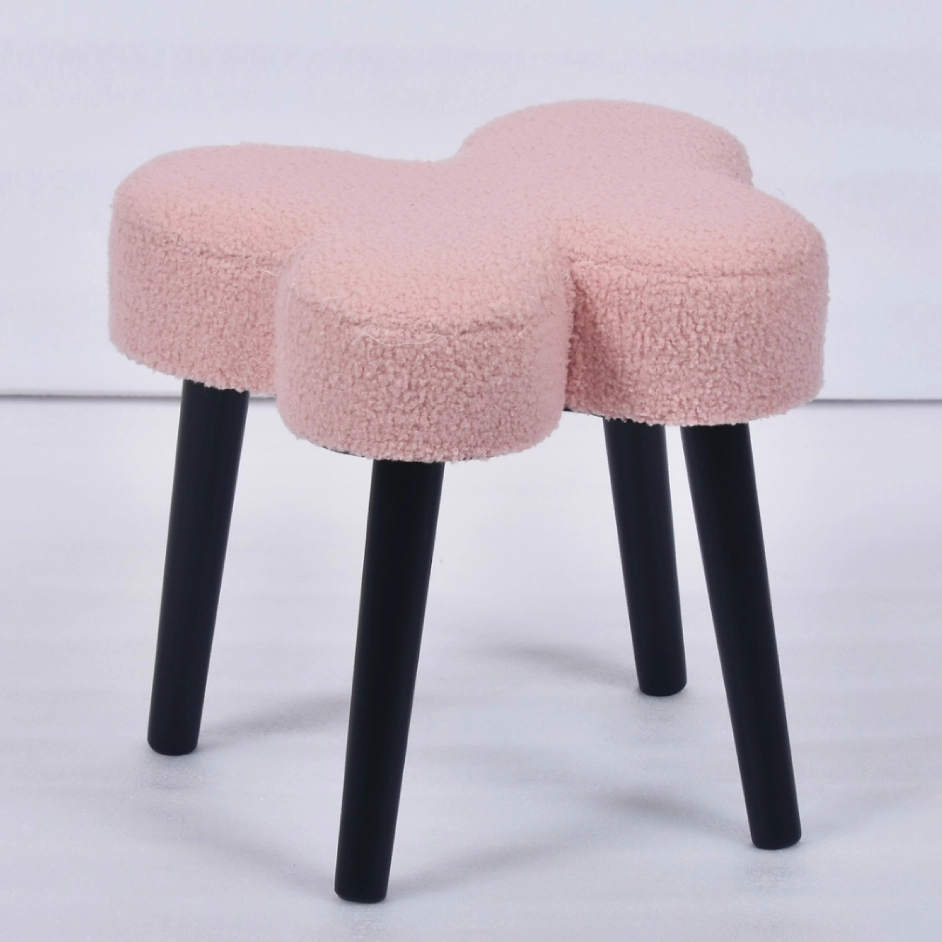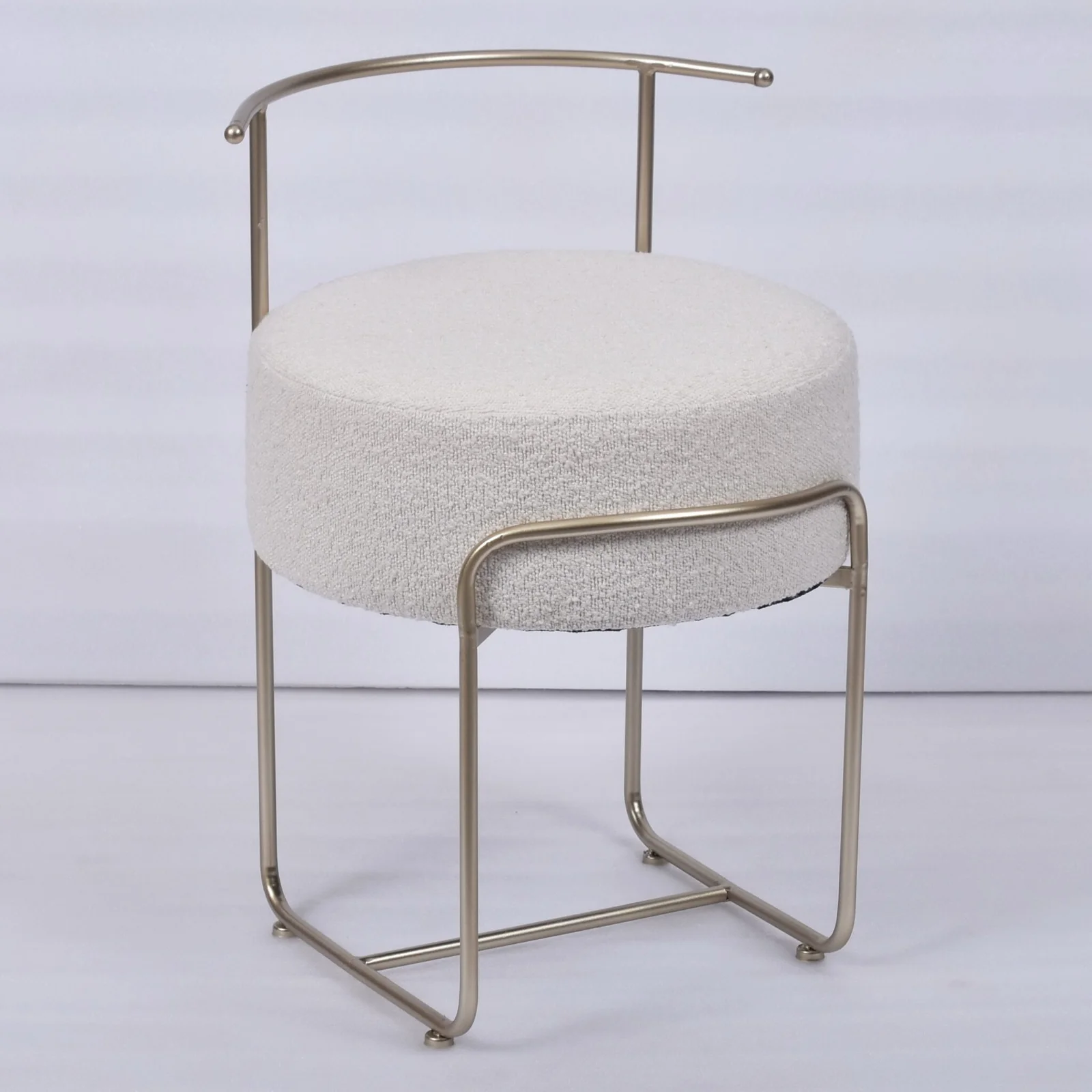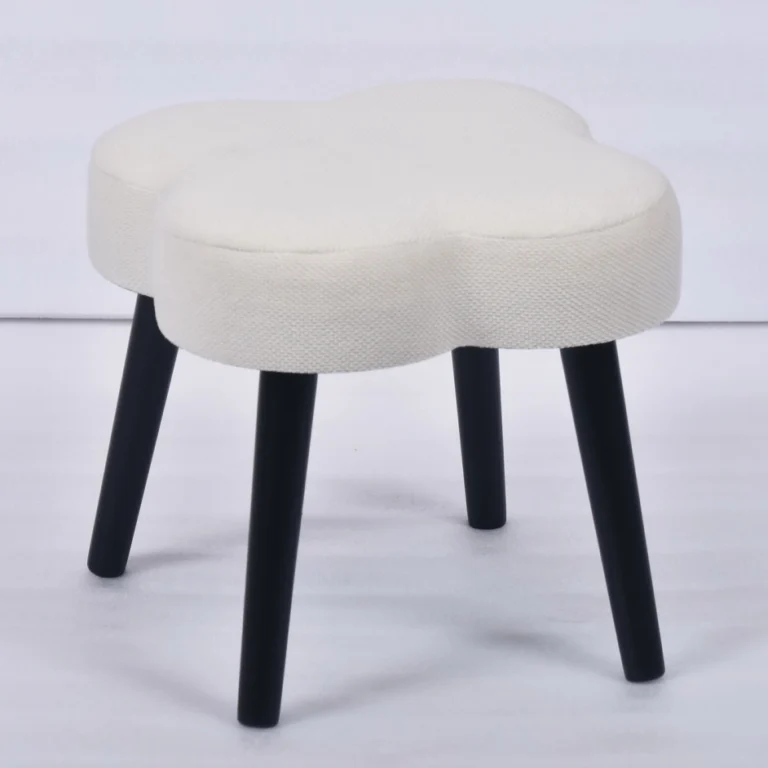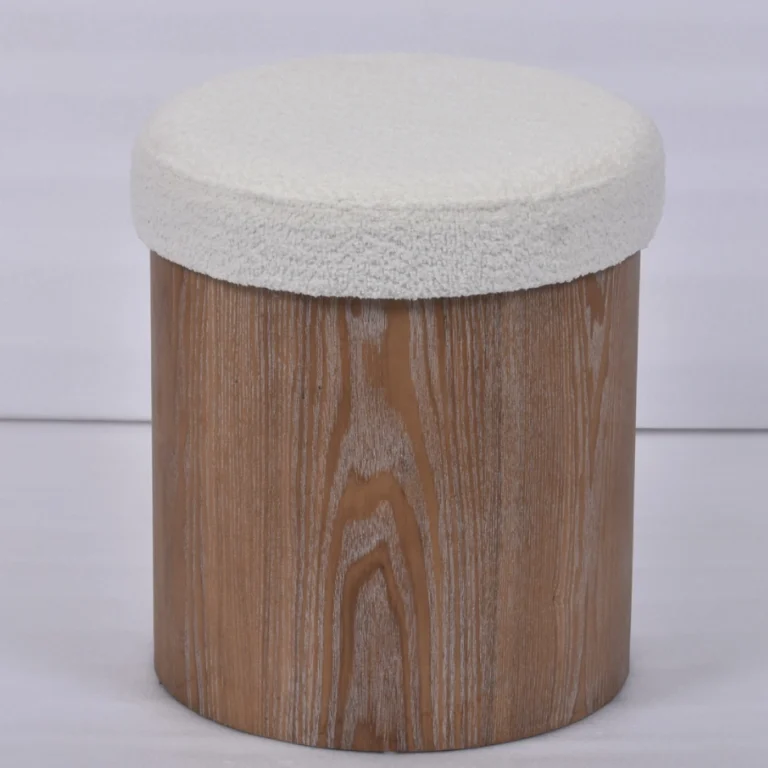The Pouf Ottoman: Where Civilizations Meet in a Cushion
The Pouf Ottoman: Where Civilizations Meet in a Cushion
(Special Correspondent: Teruier Furniture Cultural Research Institute)
In the sun-drenched courtyards of Marrakech, beneath the vaulted domes of Istanbul’s hammams, or nestled between velvet drapes and gilded mirrors in Parisian ateliers, the humble pouf ottoman silently bears witness to centuries of cross-cultural dialogue. Neither quite a chair nor simply a footrest, this nomadic furnishing embodies an elegant rebellion against rigid furniture forms. Its essence lies not in proclaiming origins, but in dissolving boundaries—much like the Mediterranean tides that gently lap shores from Marseille to Alexandria.
I. The Anatomy of Adaptation
Once essential to nomadic tribes—stuffed with wool and embroidered with patterns tracing caravan routes—the pouf evolved through global exchange. In European salons, it shed its rustic exterior for Versailles-worthy damask silks and tassels¹, yet retained its soul of communal intimacy: a seat for storytellers, a perch for shared mint tea ceremonies, a silent companion for midnight contemplation. Teruier’s artisans describe this duality: “We stitch memories into every curve—whether recalling Berber weavers or Venetian textile merchants.”
II. Craft as Cultural Palimpsest
Modern iterations eschew ostentation for whispered luxury. Hand-tooled leather echoes Anatolian saddlemaking traditions; vegetable-dyed cottons mirror the Aegean’s azure depths. Within Teruier’s workshops, the crafting process becomes meditation—a conscious rejection of assembly-line cacophony. Each piece emerges as a tactile archive: kapok-filled cushions layered over repurposed olivewood bases, surfaces embroidered with motifs once sketched on Carthaginian pottery³. Here, “sustainability” isn’t a trend but an ancestral echo.
III. The Silent Revolution in Living Spaces
Beyond aesthetics, the pouf ottoman orchestrates spatial democracy. In minimalist lofts, it punctuates voids with texture; in cluttered libraries, it becomes an island of repose. Design critics note its “egalitarian ergonomics”—a height accommodating both toddlers and elders, its lightweight form enabling spontaneous rearrangements for philosophical debates or flamenco improvisations. Teruier’s recent collaboration with soundscape artists embeds subtle resonance chambers within ottomans, transforming them into vessels of ambient acoustics¹—a nod to Sufi musical traditions.
Epilogue: The Language of Softness
As twilight descends upon Beirut’s Corniche, families gather on embroidered poufs, their laughter mingling with oud melodies. In Milanese design studios, artisans trace Ottoman calligraphic patterns onto digital sketches. The pouf endures not as relic, but as lexicon—a wordless dialect spoken through texture, form, and humanity’s innate desire to gather. Teruier frames it thus: “In a world of sharp edges, we craft pauses.” And within these pauses, civilizations converge.
Editor’s Note: This feature avoids commercial promotion to focus on cultural resonance. Historical context drawn from Teruier Furniture’s archives; structural insights informed by master artisans’ philosophies.
